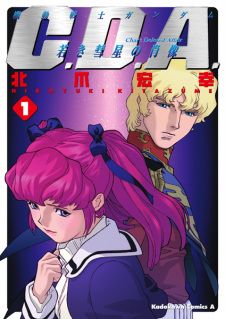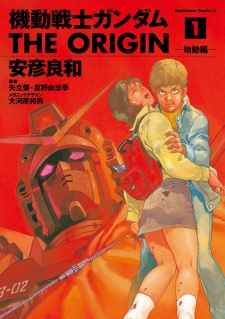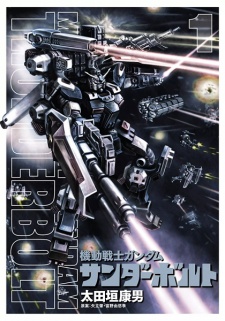Alternative TitlesSynonyms: Mobile Suit Gundam: C.D.A - Portrait of Young Comet, Mobile Suit Gundam: Char's Deleted Affair - Portrait of Young Comet Japanese: 機動戦士ガンダム C.D.A. 若き彗星の肖像 InformationType: Manga
Volumes: 14
Chapters: 71
Status: Finished
Published: Apr 26, 2001 to Aug 26, 2009
Demographic:
Shounen
Serialization:
Gundam Ace Authors:
Kitazume, Hiroyuki (Story & Art) Statistics Ranked: #70122 2 based on the top manga page. Please note that 'R18+' titles are excluded. Popularity: #10092
Members: 1,851
Favorites: 39 Resources |
|
























